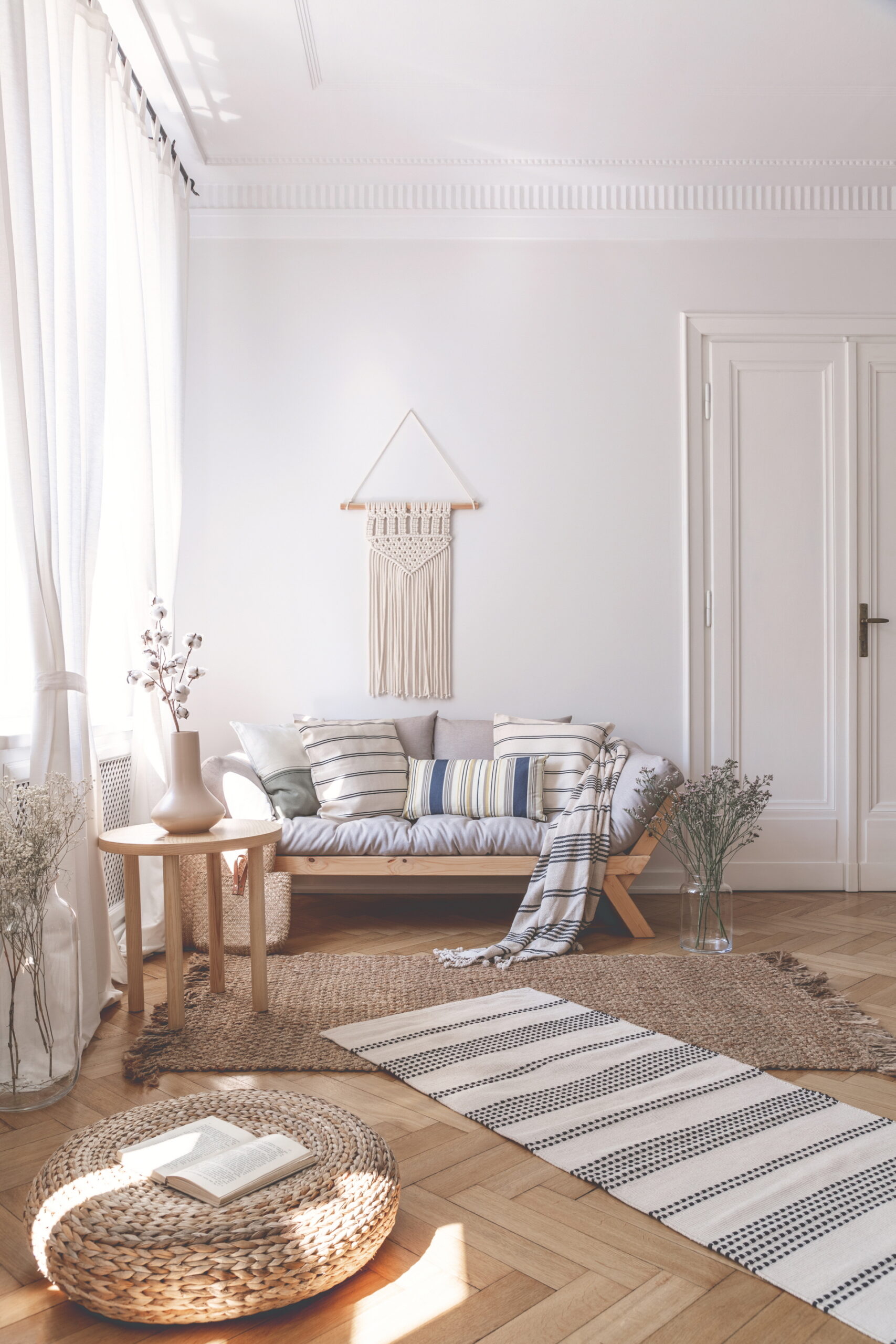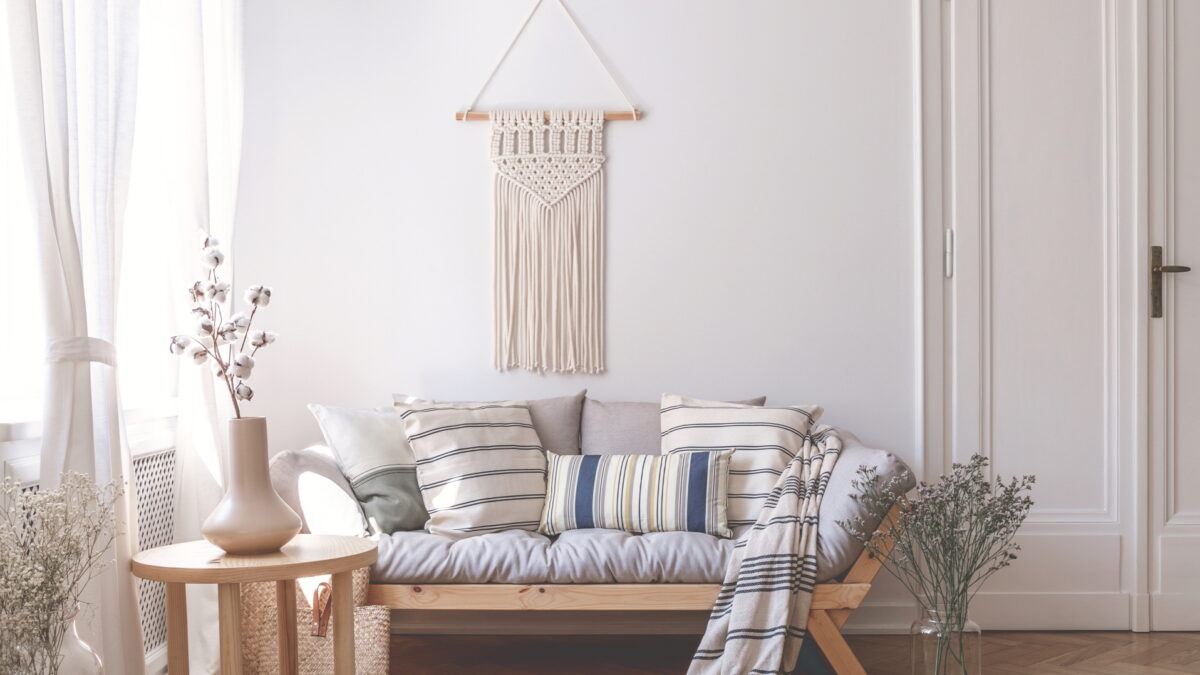
Herringbone flooring has always been a tried-and-true classic, but its popularity is increasing even more with social media. They can also improve home value because of their appealing texture and complex aesthetic. Here, we’re going to talk about whether these patterns work well with vinyl flooring (and look into some herringbone vinyl floors that homeowners love.)
What Is a Herringbone Pattern?
Herringbone patterns traditionally use long, thin subway tiles to create their characteristic pattern. This pattern is a v-shaped weave in which each tile’s short edge is laid perpendicular to the adjacent tile’s long one. The result is a flooring pattern that looks like arrows pointing in both directions (or the bones of the fish that the pattern derives its name from.)
Assuming that the tiles are the appropriate shape, you can create herringbone floors made from vinyl. The repeated arrangement looks great in a single color, but the diverse hues that vinyl offers mean that you can create uniquely-colored patterns as well.
What Types of Herringbone Patterns Are There?
Classic herringbone patterns are simple and minimalistic. The v-shapes are extremely thin, which allows for sharp points in either direction. These options never go out of style because of their unique visual complexity and the texture that they provide on a flat surface.
Some benefits of herringbone vinyl flooring include:
- No hard-to-clean gaps/seams between tiles
- Design versatility with multiple color and tile-length options
- Lower cost than a wood parquet floor despite a similar texture
- A clean and contemporary look despite a tried-and-true floor pattern
- Scratch-resistant, waterproof, and easy to maintain
Double Herringbone Vinyl Floors
You can reap these same benefits while putting unique twists on the classic herringbone design.
One way to make your floor stand out is to use a “double herringbone” pattern. These provide the same v-shaped appearance as single herringbone options. However, the “arrows” are thicker because you place two parallel subway tiles in every direction in place of a single one.
Basically, you’re creating a herringbone vinyl flooring pattern with double the thickness.
Square-and-Subway-Tile Combinations
Long rectangular subway tiles are beautiful and striking. However, you can get square tiles of the same height and line them up to create rectangles of the same length as the subway tiles. Use the subway tiles and multi-square rectangles to create herringbone patterns with more texture.
Diagonal Herringbone
If you want to try something totally different, diagonal L-shaped herringbone patterns are a great choice for vinyl floor installation. Start in the corner and create an L-shape with two of the subway tiles. Move upward from the corner to create more Ls that eventually form a herringbone pattern.
Line the tiles up perpendicular to each other and form a herringbone pattern that way. This creates an interesting geometric look that goes well with straight or ogee countertop slabs.
Revamp Your Vinyl Flooring ASAP
Now that you know the ins and outs of herringbone vinyl floors, it’s time to begin planning your kitchen renovations. LX Hausys is excited to help you browse multiple types of floors and walk you through the process of vinyl floor installation. Contact us today to begin your next remodel project!

